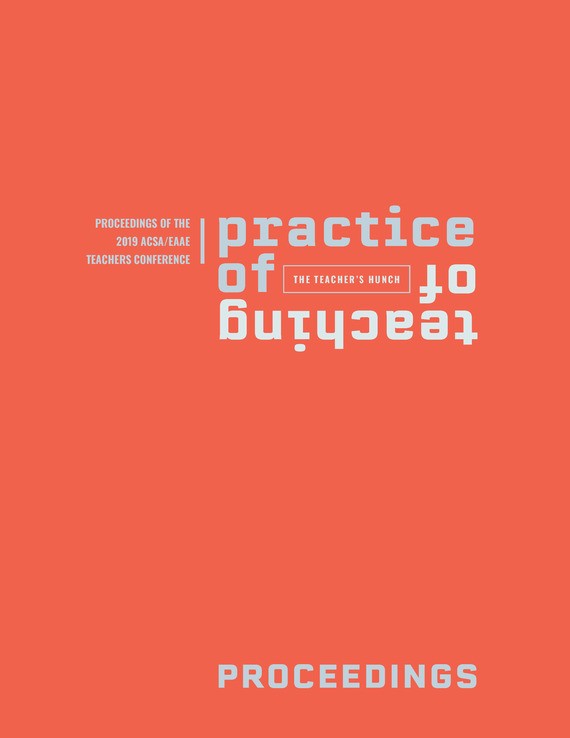Author(s): Catty Dan Zhang
In her book Phantasmagoria, Marina Warner states a relationship between vision and mentality that “one kind of mental image was described as ‘eidetic’, referring to optical experiences that are retained in the mind’s eye with hallucinatory intensity. It comes from eidos, used by Aristotle for that which is seen, or ‘form, shape, figure’, both of something particular and of a generic kind of form, and it is related to ide in, to see, and eidolon, a shape, image, spectre, or phan-tom, also an image in mind, a vision or fancy”1.It was within a relatively short period of time— comparing with over a century long obsession of the aesthetics of superimposed moving sequences— that the discourse of animation in architecture has diverged its paradigm from analytical motion forms in the digital environment towards new possible optical experiences and atmospheric effects in physical spaces. Differing from the traditional cinematic model implemented in architectural design which stitches series of views through spatial organizations, recent investigations regarding these dynamic spatial effects have been largely inspired by mapping techniques, autonomous drawings, and hybrid mediums; or in other words- expanded operations on visuals. The long tradition of the spatiotemporal visual practice in forms of superimposed images, however, has taken on various trajectories transitioning from the static basis to animated implications. Historically used for capturing and representing motion, it is recognized identically assets of frames with discrete positions, where the animation virtually emerges from the viewer’s subconscious process of translation.
https://doi.org/10.35483/ACSA.Teach.2019.32
Volume Editors
Richard Blythe & Johan De Walsche
ISBN
978-1-944214-23-4

 Study Architecture
Study Architecture  ProPEL
ProPEL 
